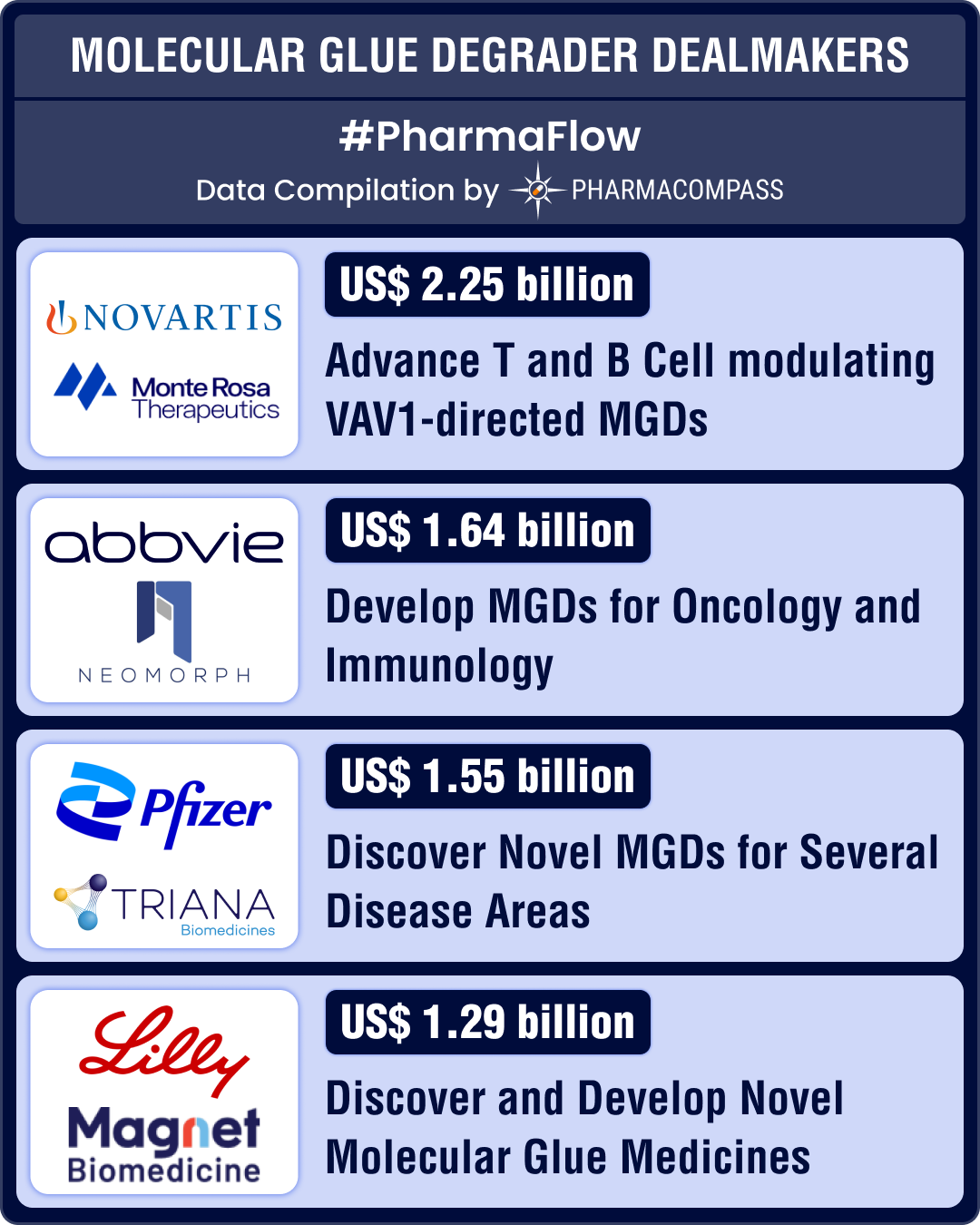
When a generic drug comes to the U.S. market, sales of brand drugs crash. The drop is more than 80% by the time a second- or third- generation generic arrives.
For brand companies, used to high profits for years, the imminent generic threat leads to an aggressive search for ‘solutions’, and creative strategies to maximize returns from their products.
What kind of blocking tactics are used to stop generic competition?
In an attempt to delay generic competition, here are some of the commonly used approaches.
1/ Go legal:
While a new drug patent is difficult to invent around, there are brand drugs with weak patents which may not withstand scrutiny. In such cases, the brand drug manufacturer files a patent infringement complaint with the FDA.
The mere filing of the complaint triggers an automatic 30-month stay of FDA approval, as per the provisions of the Hatch-Waxman Act.
Understanding the Hatch-Waxman Act:
In 1984, a United States federal law was designed to encourage the manufacture of generic drugs by pharmaceutical industry. The amendments of the Act protect the first generic (the ‘first-filer’) to challenge the brand’s patent, by mandating that the FDA not approve any additional generic competitors until 180 days, after the first-filer launches its product.
2/ Sample obstruction:
Brands attempt to prevent generic firms from accessing samples of the brand drug necessary to perform equivalence studies.
The reason provided is that the brand drug falls under restricted distribution, part of the FDA-mandated programs, known as Risk Evaluation and Mitigation Strategies (REMS).
Brand firms also implement distribution restrictions for drugs that are not subject to REMS.
3/ Destroy the product:
Brand name pharmaceutical companies try to preserve the profits on a patented drug by making modest reformulations that offer little or no therapeutic advantages. This tactic is known as ‘product-switching’ or ‘product hopping’.
In addition, prior to a generic launch, the brand drug simply withdraws its original product forcing patients to switch to the reformulated drug, so consumers don’t benefit from generic competition of the old version of the drug. Actavis’ ongoing Namenda litigation covers this example perfectly.
4/ Change the rule of the game:
In order to overcome the patents of the brand drugs, generic medicines are manufactured slightly differently, when compared with the brand product.
Citizen petitions are filed with the FDA, at the behest of brand manufacturers, questioning the safety of the generic drug, due to the difference between the brand and generic products.
A successful petition, changes the regulatory requirements, and makes it harder for generics to obtain FDA approval. The brand manufacturers were filing so many frivolous citizen petitions that the FDA has been denying them in record numbers.
In the event, generic companies do manage to make significant inroads, and threaten the brand drug’s monopoly, there is a ‘pay-for-delay’ playbook.
How does the ‘pay-for-delay’ game get played?
Settlements are reached between brand and generic manufacturers in which the brand incentivizes the generic not to market their products.
The incentives can involve any of the following options:
- Cash payment made from the brand to the generic that claims to reimburse some or all of the generic’s litigation fees.
- A side business deal between brand and generic manufacturers such as an agreement to buy active pharmaceutical ingredient (API) from the generic manufacturer, even though the brand has adequate supply of the API for their own needs (e.g. AstraZeneca, Ranbaxy’s Nexium deal).
- Brand manufacturer promises not to market an Authorized Generic (AG) in competition with the generic manufacturer’s product for some period of time.
AGs are pharmaceutical products, which are approved as brand-name drugs, but marketed as generic drugs. No authorized generics significantly reduce the competition for the generic player allowing them to secure greater market share and extract higher prices: e.g. GlaxoSmithKline (GSK) paid Teva Pharmaceuticals to delay entry by promising not to compete with authorized generic versions of the drug Lamictal.
- Brand allows the generic to market an authorized generic of a different product: e.g. AbbVie’s Androgel case against Teva had Teva asking for supply of an authorized generic of TriCor, a cholesterol drug with 2011 sales of more than $1 billion.
- Other forms of compensation are offered to the generic patent challenger. For example, an agreement containing a declining royalty structure in which, the intellectual property is licensed by the brand to the generic. Alternativelly, a co-development deal can be struck for a new drug.
Our view:
The battle between brands and generics will continue for time to come, and regardless of antitrust scrutiny, there will be a high degree of innovation in the strategies devised by brand firms to maximize profits.
However, drug companies aren’t the only ones innovating.
Hayman Capital wins our vote for the most innovative approach taken. The hedge fund’s “Dispute the patent, short the stock” formula is designed to try and make money regardless of the outcome.
How exactly the healthcare system benefits from these different approaches is a completely different story!
Click here and learn about the latest ‘pay-for-delay’ cases in Europe and America
The PharmaCompass Newsletter – Sign Up, Stay Ahead
Feedback, help us to improve. Click here
Image Credit : Blue Ocean Strategy by David Blackwell. is licensed under CC BY 2.0
“ The article is based on the information available in public and which the author believes to be true. The author is not disseminating any information, which the author believes or knows, is confidential or in conflict with the privacy of any person. The views expressed or information supplied through this article is mere opinion and observation of the author. The author does not intend to defame, insult or, cause loss or damage to anyone, in any manner, through this article.”






